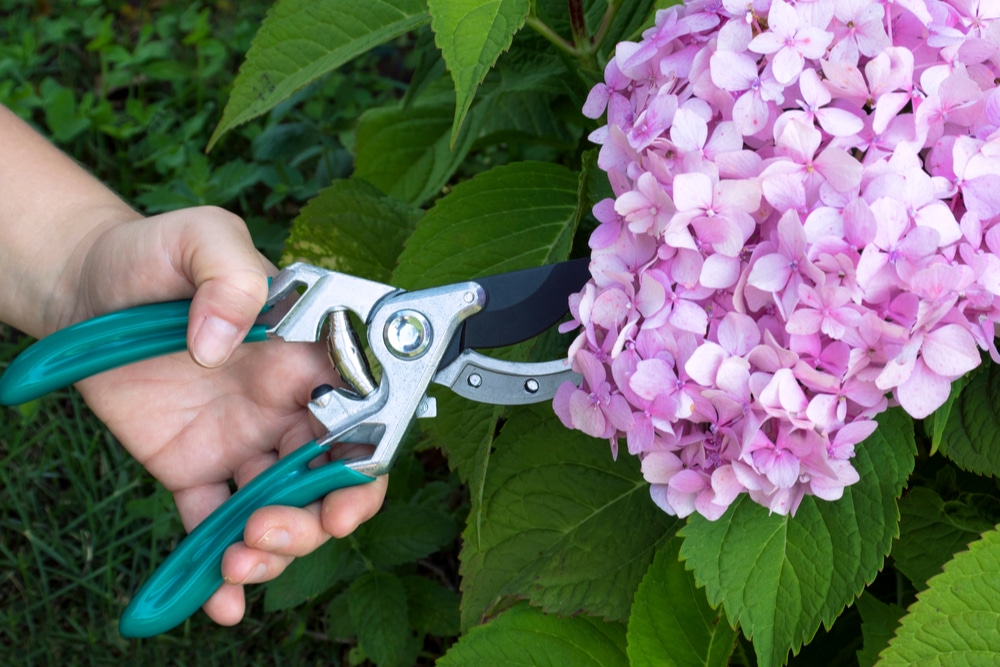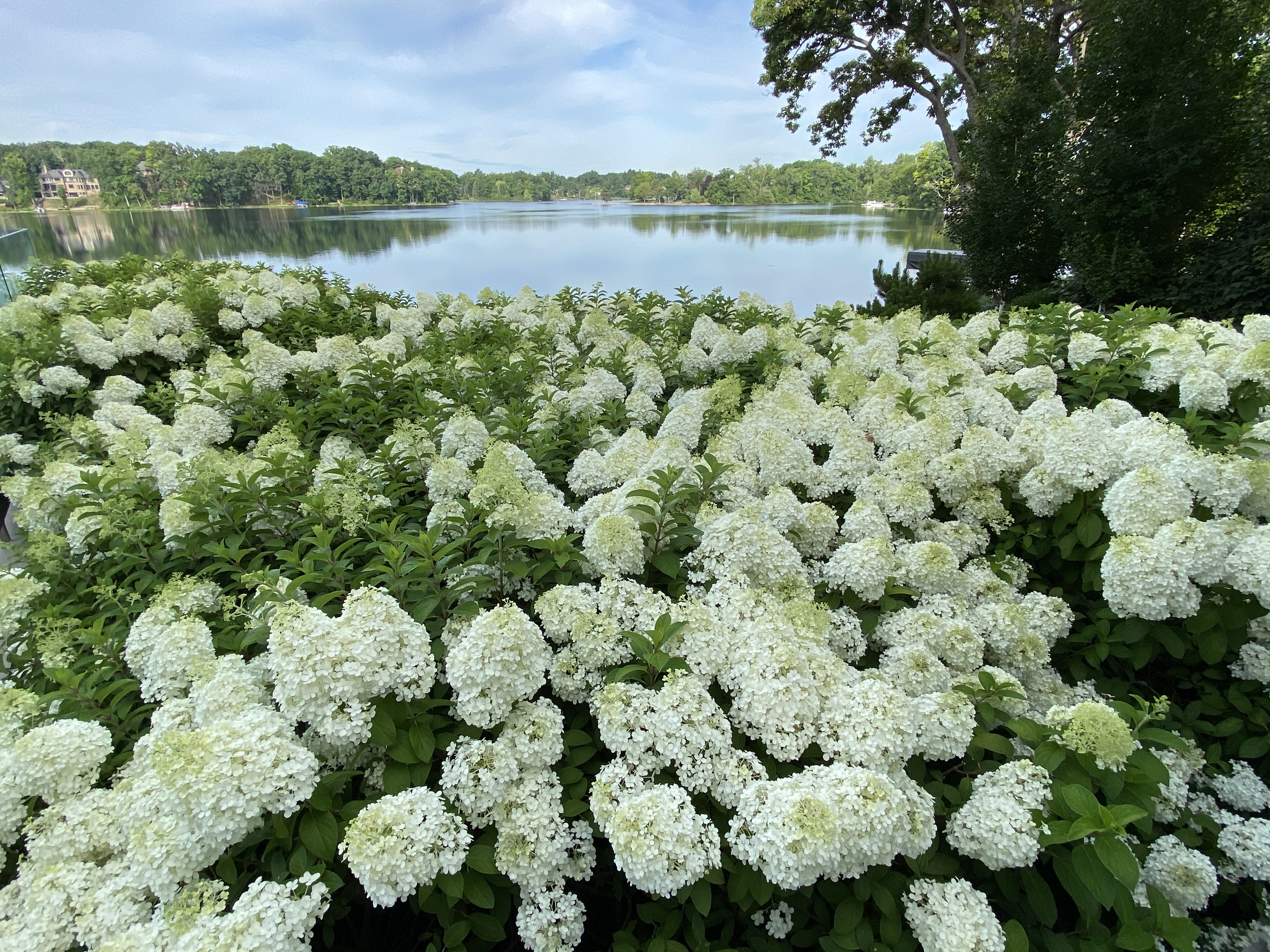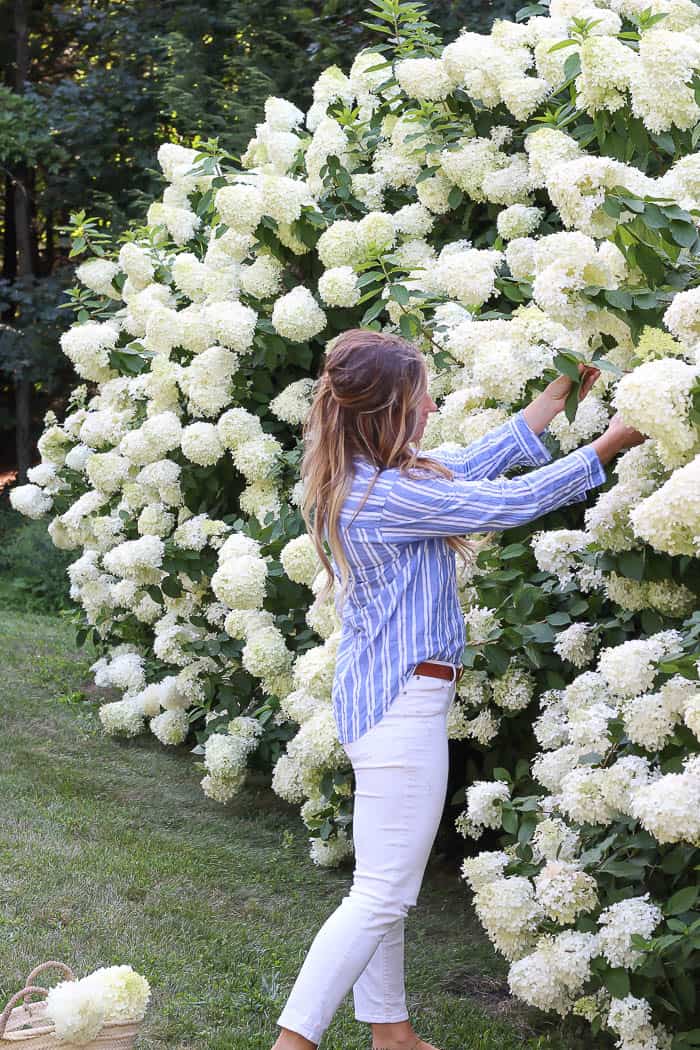The Ultimate Guide To Trimming Hydrangeas
The Ultimate Guide to Trimming Hydrangeas
Hydrangeas are beautiful flowering shrubs that can add a touch of elegance to any garden. However, in order to keep them looking their best, they need to be trimmed regularly. Trimming hydrangeas can seem daunting, but it's actually a relatively easy task that can be done in a few simple steps.
In this guide, we will walk you through the process of trimming hydrangeas, step-by-step. We will also provide some helpful tips and advice to ensure that you get the best results.
Why Trim Hydrangeas?
There are a few reasons why you should trim hydrangeas. First, trimming helps to promote healthy growth. When you trim hydrangeas, you are removing old, dead, or diseased branches. This allows the plant to focus its energy on new growth, which will result in healthier and more abundant flowers.
Second, trimming helps to control the size of the hydrangea bush. If you don't trim your hydrangeas, they can quickly get out of control and become unmanageable. Trimming helps to keep the bush in a manageable size and shape.
Third, trimming can help to improve the flowering of hydrangeas. For example, if you want your hydrangeas to bloom larger flowers, you can trim them back in the spring. This will encourage the plant to produce more flower buds.
When to Trim Hydrangeas
The best time to trim hydrangeas depends on the type of hydrangea. There are two main types of hydrangeas: old wood bloomers and new wood bloomers.
- Old wood bloomers bloom on the previous year's growth. This means that you should trim them in the fall, after they have finished blooming.
- New wood bloomers bloom on the current year's growth. This means that you should trim them in the spring, before they start to bloom.
If you are not sure what type of hydrangea you have, it is best to err on the side of caution and trim it in the fall.
How to Trim Hydrangeas
Once you have determined the best time to trim your hydrangeas, you can follow these steps to do it properly:
- Gather your tools. You will need a pair of sharp pruning shears or a saw.
- Choose a sunny day when the hydrangeas are dry.
- Start by removing any dead, diseased, or damaged branches.
- Next, trim back any branches that are crossing or rubbing against each other.
- Finally, you can shape the hydrangea bush by trimming back the branches to the desired height and width.
Tips for Trimming Hydrangeas
- Make sure to use sharp pruning shears or a saw. Dull tools can damage the hydrangea branches.
- Cut the branches at a 45-degree angle. This will help to prevent water from pooling on the cut surfaces.
- Don't be afraid to prune back your hydrangeas. They are very resilient plants and will quickly recover from a good pruning.
- If you are unsure about how to trim your hydrangeas, it is always best to consult with a professional gardener.
Conclusion
Trimming hydrangeas is a relatively easy task that can be done in a few simple steps. By following the tips in this guide, you can ensure that your hydrangeas are healthy, well-shaped, and abundant in flowers.
Hydrangeas are beautiful shrubs that can add a touch of elegance to any garden. But if you want your hydrangeas to look their best, you need to trim them properly.
There are a few different ways to trim hydrangeas, and the best method for you will depend on the type of hydrangea you have. For example, mophead hydrangeas and lacecap hydrangeas should be pruned in early spring, while panicle hydrangeas can be pruned in late winter or early spring.
No matter when you prune your hydrangeas, it's important to use sharp pruning shears or a saw. And be sure to cut the branches back to a healthy bud or node.
If you're not sure how to trim your hydrangeas, or if you want more detailed instructions, I recommend visiting . This website has a wealth of information on hydrangea care, including pruning tips.
FAQ of trimming hydrangeas
- When should I trim my hydrangeas?
The best time to trim hydrangeas depends on the type of hydrangea. Hydrangeas that bloom on new wood, such as mophead and lacecap hydrangeas, should be trimmed in early spring, just before new growth begins. Hydrangeas that bloom on old wood, such as climbing hydrangeas, should be trimmed immediately after flowering.
- How much should I trim my hydrangeas?
The amount of trimming you need to do will depend on the size and shape of your hydrangea, as well as your desired results. For a light trim, simply remove any dead, diseased, or damaged branches. For a more substantial trim, you can shorten the main stems by one-third to one-half. If you want to encourage your hydrangea to bush out, you can prune it back to within a few inches of the ground.
- What tools do I need to trim my hydrangeas?
You will need a sharp pair of pruning shears or a lopper for trimming hydrangeas. It is important to use sharp tools to make clean cuts that will help the plant heal quickly. You may also want to wear gloves to protect your hands from the thorns on some hydrangea varieties.
- What should I do with the trimmings?
You can compost the trimmings from your hydrangeas, or you can use them to create a mulch around the base of the plant. Mulch helps to retain moisture in the soil and suppress weeds, which can benefit your hydrangea.
- What are some common problems with hydrangeas?
Some common problems with hydrangeas include leaf spot, powdery mildew, and aphids. If you notice any of these problems, you can treat them with a fungicide or insecticide. You can also prevent these problems by watering your hydrangeas regularly and fertilizing them in the spring.
Image of trimming hydrangeas
Here are 5 different images of trimming hydrangeas from Pinterest:
- A person trimming the branches of a hydrangea bush with a pair of gardening shears.

- A close-up of a gardener's hand pruning a hydrangea flower head.

- A hydrangea bush after being trimmed, with the new growth showing.
- A group of hydrangea bushes in various stages of trimming.

- A hydrangea bush in full bloom, with the trimmed branches showing the new growth.

Post a Comment for "The Ultimate Guide To Trimming Hydrangeas"